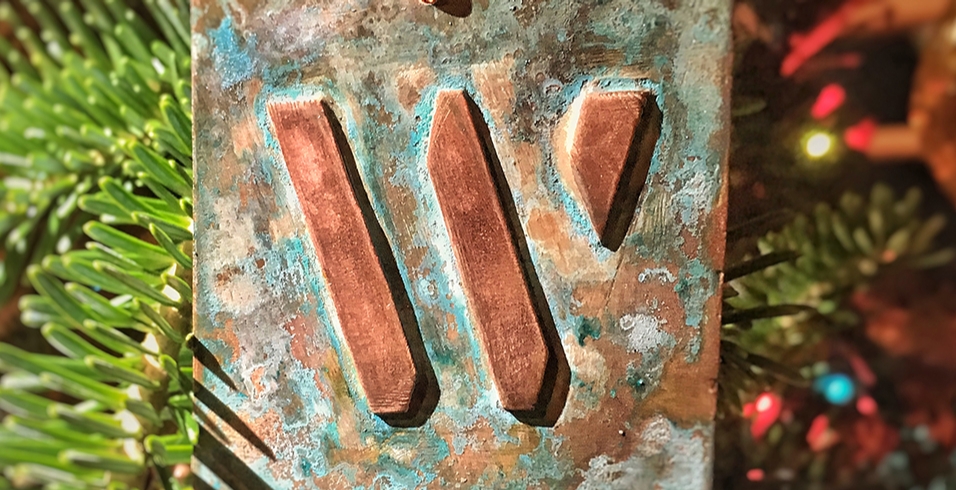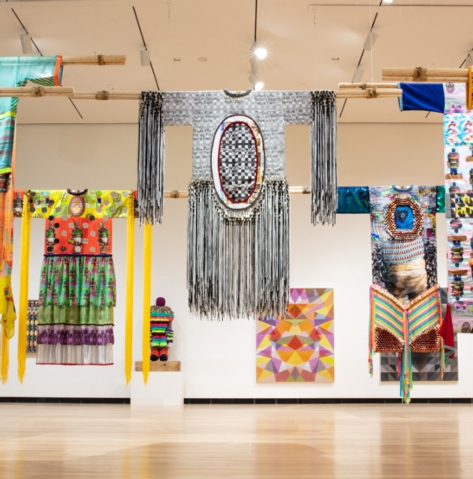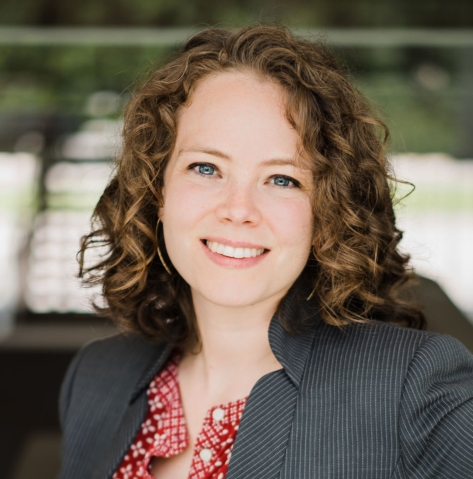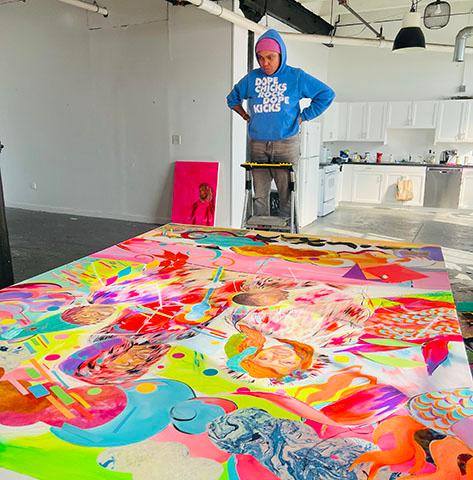John Bentham

As I look back on this year at the Wellin, the themes that emerge are around giving: How do we support our students, faculty, and the broader community in uncertain times? How can we foster a rigorous dialogue around difficult issues that challenge our sense of normalcy and that increase our sensitivity to others? How can we give our audience something seminal, that might impact how they see the world, and contribute to a better understanding of our differences?
In 2017, we saw major political issues playing out in cultural institutions garner attention in mainstream media. And controversies surrounding racism, cultural and personal identity, religion, and sexism that appeared in the national news were echoed in the art world.
At the annual meeting of Contemporary Art Museum Directors (a group that includes such museums as The Contemporary Art Museum St. Louis, The Rose Museum at Brandeis University, the Weatherspoon Art Museum at UNC, the DePaul Art Museum, and Ballroom Marfa, among others), our main discussion centered on what civic engagement means to museums today.
We asked ourselves what are our responsibilities in such highly charged political moments and how do we manage our responsibility to representation, diversity, and inclusion. While there were no absolute answers, we came away with a better understanding of the efforts of our peers and the climate of our times. We need to foster a new understanding of, and sensitivity to, multiple perspectives and experiences.
With the year coming to a close, our staff at the Wellin decided to add a sign to our main entrance that reads: “Free and open to everyone.” We mean this in the broadest possible sense. What can a museum be and what can a museum give? It can be a place where diverse voices are celebrated, where we give freely and openly, and that’s what we will continue to do as we move forward into the new year.
In 2018, we will continue to bring a plurality of voices to the Wellin through two concurrent exhibitions in the spring semester featuring sculptural works by Margarita Cabrera as part of her exhibition Space In Between, alongside photographs by Frédéric Brenner, Wendy Ewald, Fazal Sheikh and Stephen Shore in the exhibition This Place.
Next fall, we will mount a major solo exhibition of recent work by Jeffrey Gibson exploring new directions in the artist’s work. There is such a range of expression and experiences that these artists bring to the Wellin, the intent is to foster a deeper understanding of diversity and endeavor to create a range of artistic experiences for our audiences.
The Wellin staff has compiled some highlights from 2017:
The Wellin Celebrated its Five-Year Anniversary with a special exhibition highlighting key works from the museum’s collection, including both new acquisitions and historic pieces
Hamilton College charter trustee Linda E. Johnson, a 1980 graduate, established the Johnson-Pote Museum Director Fund to endow the Wellin’s director position
Hamilton College alumni Daniel W. Dietrich II – a 1964 graduate – established a $6-million grant for exploration in the arts, a portion of which will go towards enabling the Wellin to organize future exhibitions by renowned contemporary artists
The Associate of Art Museum Curators (AAMC) awarded Tracy L. Adler 1st prize in its annual Award for Excellence for an Outstanding Printed Catalogue/Publication for the publication accompanying the 2016 exhibition Yun-Fei Ji: The Intimate Universe
The New York State Art Teachers Association (NYSATA) awarded the Wellin’s education department their “Special Citation Award.”
Amber Geary, the Wellin’s Educator for School and Community Programs, completed research, funded by the Andrew W. Mellon Foundation, on museums as resources for K-12 Common Core curricula.
The Wellin was also prominent featured in the media throughout the year. Highlights include:
- Daniel McDermon’s feature and profile of artist Julia Jacquette in The New York Times
- Curbed NY’s inclusion of Julia Jacquette’s graphic memoir Playground of My Mind in “50 Essential Books about New York City” and reviews in The Architect’s Newspaper, Hyperallergic, Modern Painters and Metropolis among others
- Tracy’s insights into who are the most influential artists in the 21st century for Artnet







